Hidden beneath the relentless sands of Arrakis, the eight enigmatic Trials in Dune: Awakening offer more than simple survival-they test your wit, courage, and ability to decipher riddles whose answers are scattered across the desert. If you’re seeking every secret altar and the powerful rewards they unlock, prepare for a journey where each landmark might conceal more than it reveals.
In the Trials of Aql, you learn all Fremen deeply understoof Arrakis and how to thrive in its hostile environment. Accessing these precious sources of information requires risking your life and getting close to being attacked by a sandworm or worse – running out of water.
Our in-progress Dune: Awakening guide will cover the location of all the trials, so you don’t need to worry about getting lost in the vast desert of Arrakis.
Trial locations in Dune: Awakening
Trial locations in Dune: Awakening are found within unique caves scattered across the vast desert map of Arrakis. There are a total of eight Trials of Aql, each acting as key milestones in the main storyline and vital for unlocking endgame content. The first trial begins in Mihna Cavern within Hagga Basin South, clearly marked after your initial Spice Dream event. Subsequent trials are less obvious: players must search areas like the Deep Struggle in Eastern Vermillius Gap, the Cave of the Lost Pilgrim in Western Vermillius Gap, and other rugged landmarks such as Hammerhead Mountain and the Jabal Eifrit Al-Sharq region. Purple cave symbols and quest log clues help pinpoint these locations, but often players must traverse treacherous routes, solve environmental puzzles, or fight through hostile territory to access altar sites required for trial completion.
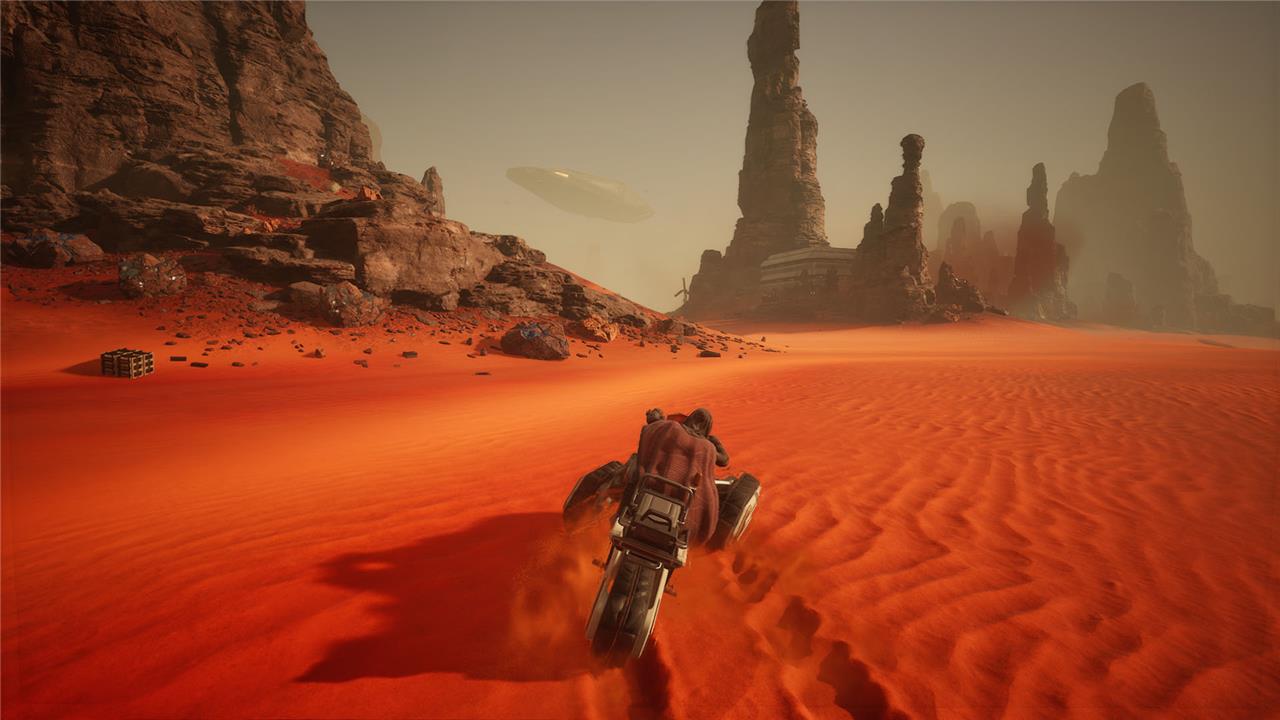
While progressing Duna: Awakening’s main story, you’ll want to pursue the Trials of Aql. These are special missions that, in addition to introducing more information about the Fremen (the people of Arrakis), will unlock new pieces of gear for you to craft. In our experience with the game, we know that there are at least five trials to be completed. To start a trial, you first need to find its respective Aql Altar.
The location of a trial is indicated by the quest if you enter the Journey menu and select the available missions in the “Find the Fremen” section. By clicking on “View Trial Location,” you can see an image of where the altar is. However, the game won’t tell you exactly where the location is on the map, making it a quite stressful treasure hunt.
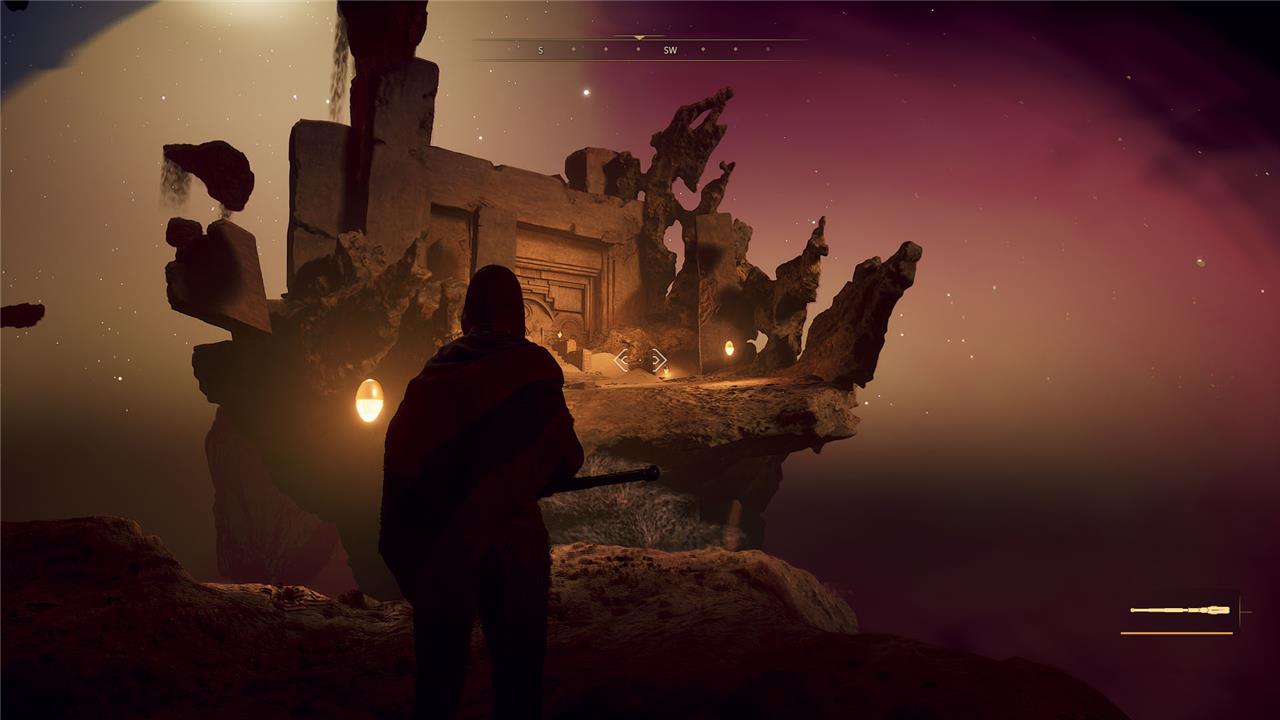
Below, we go over all trial locations in Dune: Awakening we’ve found so far, indicating on the map where you will find the altars.
First Trial location in Dune: Awakening
The first trial location in Dune: Awakening is found in the Mihna Cavern situated in the southern part of the Hagga Basin South region. As part of the early main quest (“Echoes from the Past”), the game guides you here with clear objective markers and on-screen prompts, so it is difficult to miss for new players. You’ll be led through basic mechanics, including base setup, before being directed to the cave’s entrance. To start the trial, enter the cave and interact with a spice bowl at the altar. Completing this first spiritual challenge introduces players to the series’ signature stealth mechanics, where you must avoid the gaze of giant eyes by taking cover behind rocks and walls to advance safely through the dimension-like trial space.
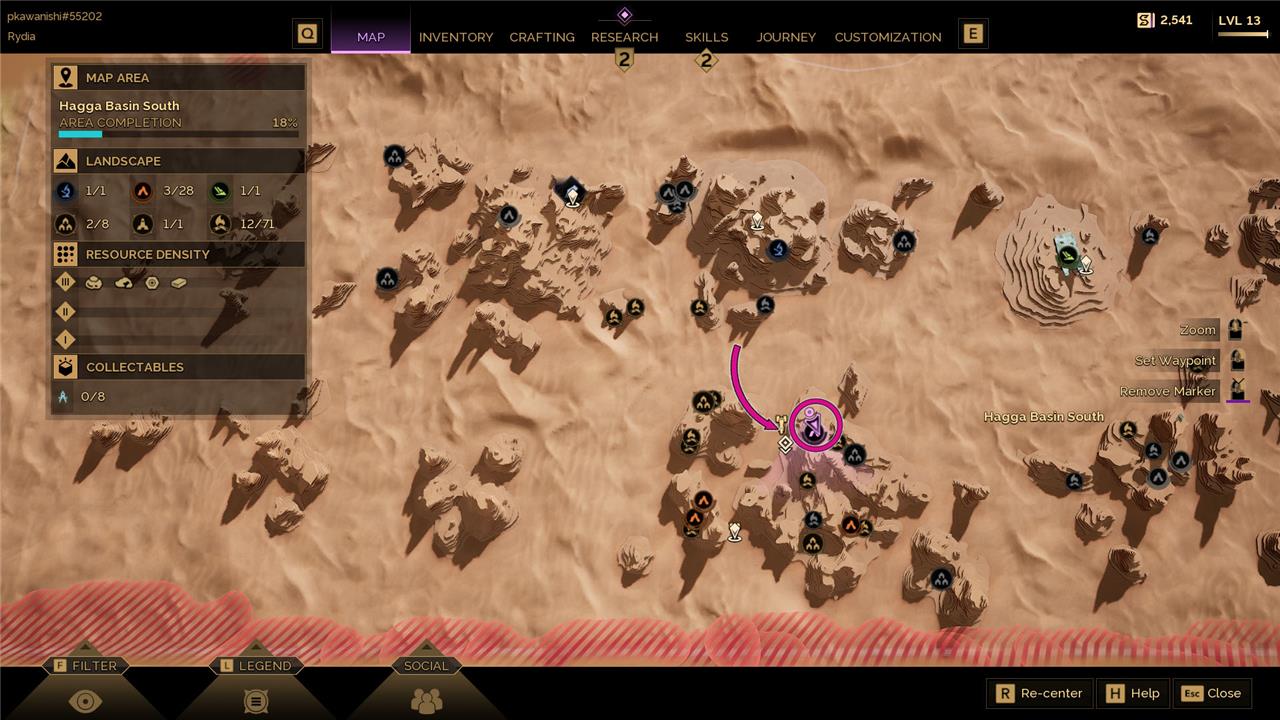
Completing the first Trials of Aql in Dune: Awakening is part of the main quest. During the Echoes from the Past main quest, you need to find the entrance to the altar. You find the first trial on the largest rock formation in the South part of Hagga Basin South.
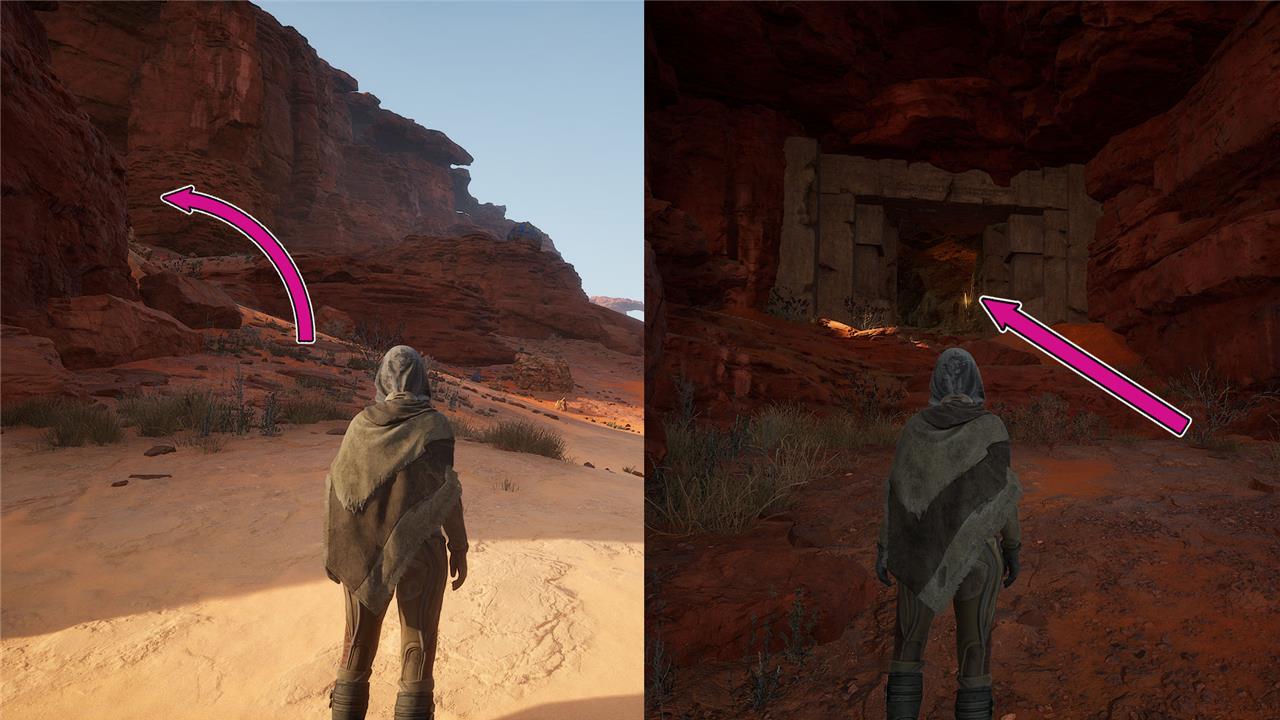
Approach it from the west and follow the path upward. You’ll find an opening to your right, which will take you to Mihna Cavern, where you can interact with the altar and start the first trial. Hide from the giant eyes and make your way through the level to complete it.
Second Trial location in Dune: Awakening
The Second Trial of Aql in Dune: Awakening is located in the Eastern Vermillius Gap, inside a moisture-sealed cave known as The Deep Struggle. This trial appears southeast of a major rock formation near the border with Hagga Basin, close to the wreck of the Actaeon. To access it, players must enter the cave, navigate a challenging path, and inhale spice at the altar to begin the trial. During this trial, players gain the Static Compactor, a tool essential for clearing obstacles such as fire, poison gas, and creating platforms to progress further. This trial presents a more hostile environment compared to the first one and requires use of the new tool and careful navigation to complete successfully.
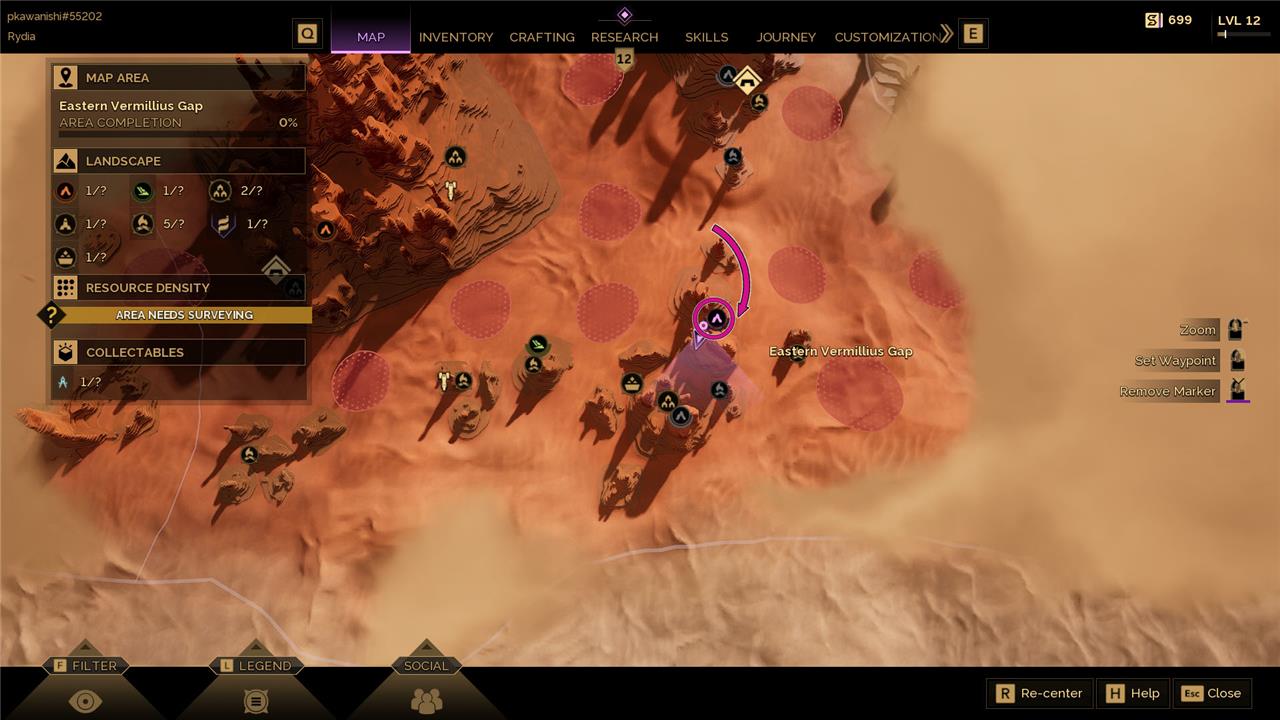
You can go after the second Trial of Aql once you enter the Eastern Vermilius Gap. This new area is more aggressive than the initial one, so be sure to apply all you have learned – and some of the tips we’ve prepared for you – so far to survive. The second Trialis located to the southeast of the largest rock formation, inside a location called the Deep Struggle.
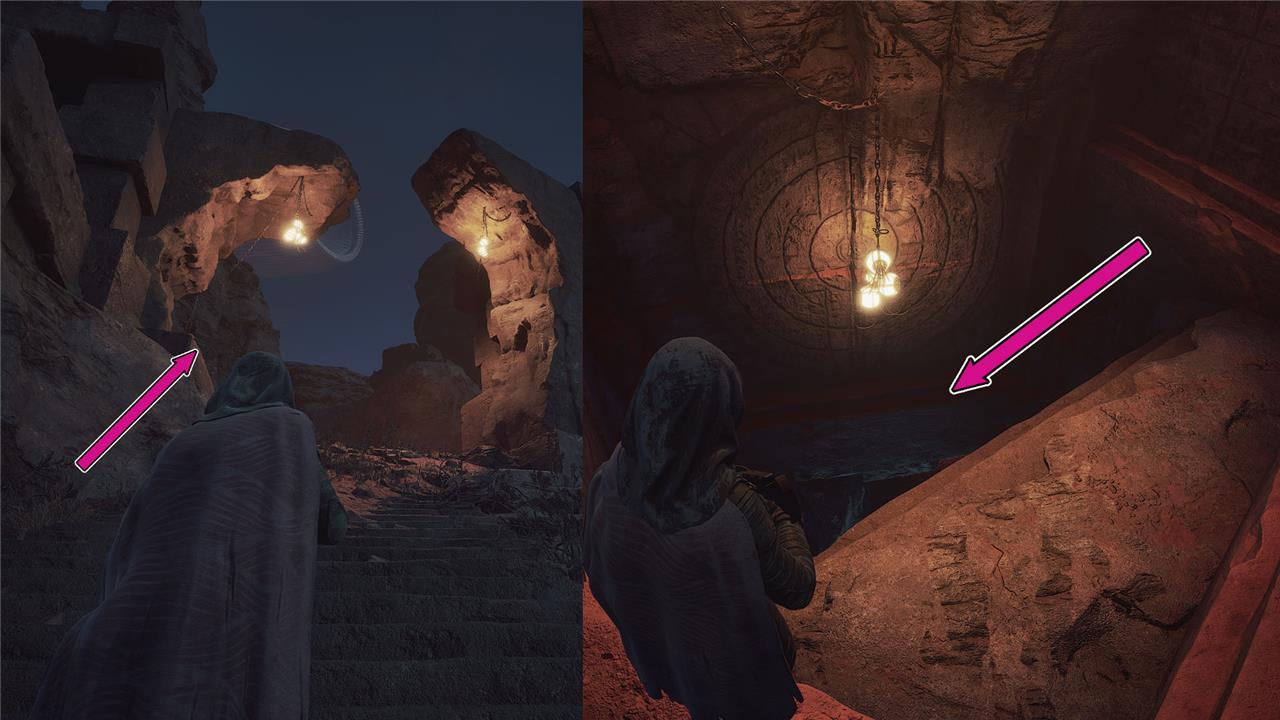
You will find the entrance by approaching the location from the east side, passing through a gate with a blue Eye symbol, and going up. At the top of the stairs, use your knife to open the path and then turn left to go downward into a hole that takes you to where the trial is. During this trial, you unlock the Static Compactor schematic, which allows you to collect Flour Sand.
Third Trial location in Dune: Awakening
The Third Trial of Aql in Dune: Awakening is located in the Cave of the Lost Pilgrim within the Western Vermillius Gap, southwest of the Wreck of the Pallas shipwreck. To find this trial, players should head to this rocky formation and enter the cave, where they will face Scavenger enemies. Inside, instead of the usual spice altar, the trial features a destroyed altar with a recording device that must be activated to complete the challenge. The area is known for its tricky navigation and threats like Sandworms, so caution is advised when traveling there.
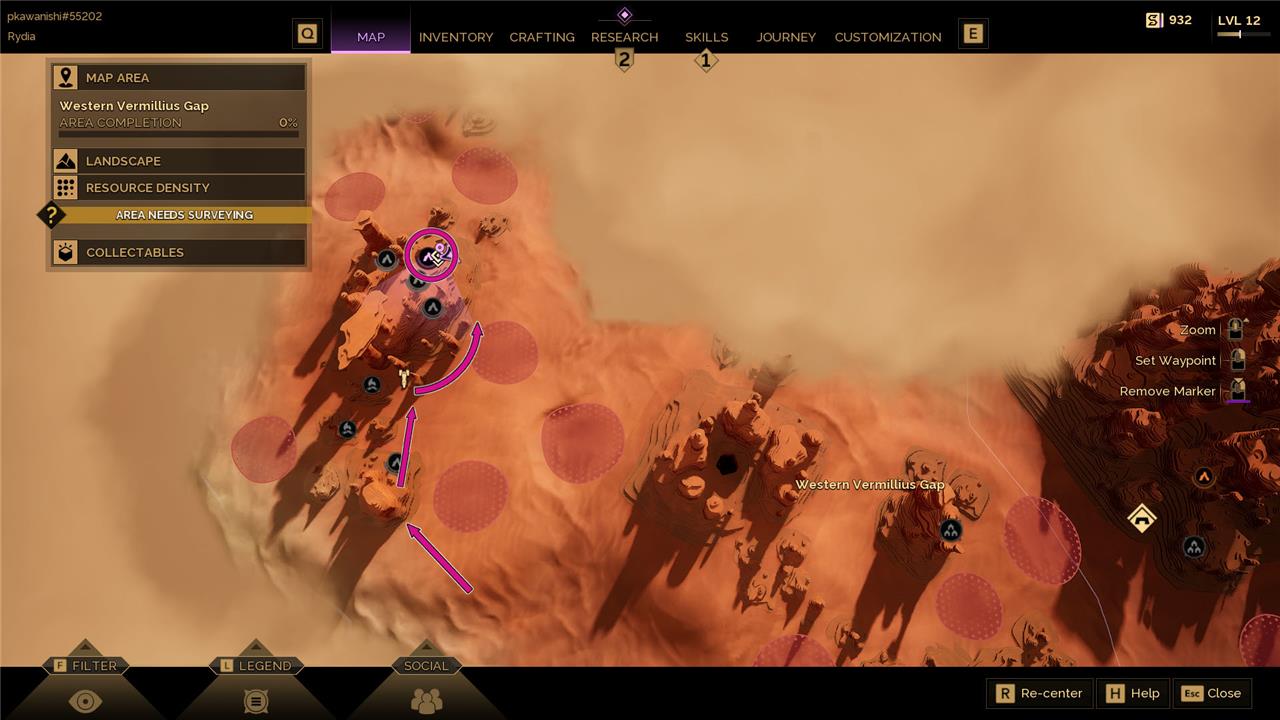
When it comes to finding the third Trial in Dune: Awakening, travel to the Western Vermilius Gap. The entrance is located in the large rocky area at the edge of the map. Be prepared because you will need to face a few enemies before you can enter the altar. Since you need to cross a long distance in the desert, which might call the attention of the sandworm, consider first going south to a small area.
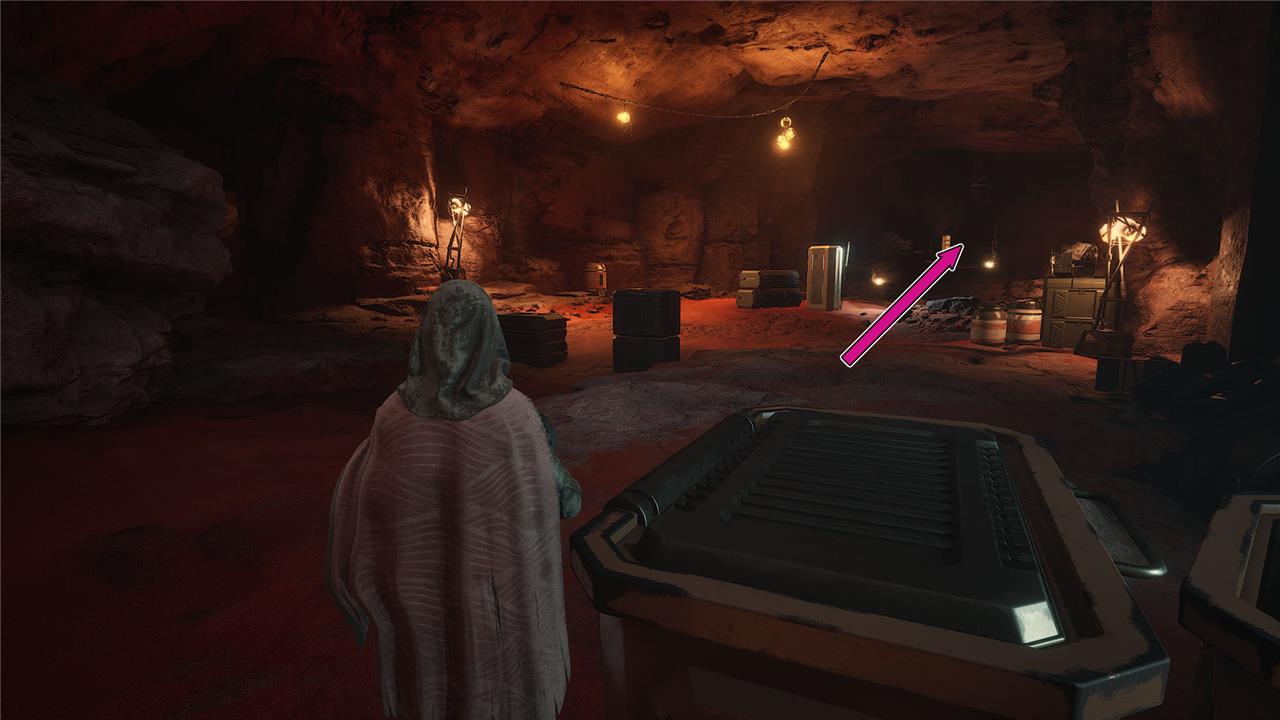
Once you get to the place, follow the main path upward to find the entrance. You will see lots of flags from the clans and inside the first corridor, there are three enemies to face. Two of them have shields. Defeat them and follow the only path available inside the cave. It will lead you to where the altar is. Because the Emperor’s forces destroyed the altar, there is no trial to complete.
Where are the hidden trial altars scattered across Arrakis in Dune Awakening
The hidden trial altars in Dune: Awakening-the “Trials of Aql”-are scattered across key locations in Arrakis, typically concealed within caves or along prominent rock formations. There are eight in total, and while their precise map coordinates are not displayed outright in-game, the following summarizes their commonly reported locations:
-
First Trial: Southern Hagga Basin, atop the central rock formation, slightly northwest of Keyhole Rock. The entrance is concealed on an elevated outcrop accessible from the west.
-
Second Trial: South of the trade post in Eastern Vermillius Gap (sometimes labeled Vermillion Gap). Enter the rock formation from the eastern side, heading through ruins and up stairs to a cave marked with blue Eye symbols.
-
Third Trial: Western edge of Western Vermillius Gap, within the Cave of the Lost Pilgrim, just south of the Wreck of Palace.
-
Fourth Trial: Near the western border of Eastern Vermillius Gap, close to the Hollow Hammer landmark (left/west of the Anvil).
-
Fifth Trial: Hagga Rift region, along the eastern border of the Hagga Basin.
-
Sixth Trial: Jabal Eifrit Al-Sharq, the northeastern corner of Hagga Basin, in a cave known as the Devil’s Eye.
-
Seventh Trial: Northern Hagga Basin, within the Hagga Rift area.
-
Eighth (Final) Trial: Reported to be in a remote location further north; some guides suggest it concludes the trial chain and contains unique puzzles.
The entrances are often obscured by terrain, membrane seals, or require following subtle environmental clues like rows of lanterns leading to caves. Some locations are guarded by enemies or threats like the Watchers and sandworms, so caution is advised when approaching.
It is recommended to check your in-game Journey or quest log for clues about each trial’s general area and use probe surveying to help reveal caves, though some altars may remain hidden even from probes.
What is the process to visually identify hidden altars in Dune Awakening
The process to visually identify hidden altars in Dune Awakening relies on a combination of environmental observation and the use of in-game tools:
-
Look for Environmental Clues: Hidden altars, particularly those tied to the “Trials of Aql,” are typically found within caves or rock formations. Entrances are often disguised by terrain features such as rock overhangs, membranes, or subtle markings like rows of lanterns or blue Eye symbols near cave entrances. Certain caves may be marked with a unique icon-such as a special color (e.g., pink for trial-related caves versus orange for standard moisture-sealed caves).
-
Use of the Handheld Resource Scanner: While primarily used to locate buried treasure, the Handheld Resource Scanner can help spot hidden locations and points of interest nearby. Activating it will highlight markers or icons (like a diamond symbol) on your HUD that indicate something concealed beneath sand or behind rock.
-
Consult the In-Game Journey/Quest Log: Each trial provides regional clues in your Journey or quest log, helping narrow down the search to a specific part of Arrakis. These hints rarely offer precise coordinates but mention distinctive landmarks near hidden entrances.
-
Interactive Community Maps: Players sometimes use third-party interactive maps or overlays that track known cave and altar locations-these are regularly updated by the community and can visually mark where others have found altars or unique items.
-
Check for Special Symbols or Unique Features: Some cave entrances and altar sites display unusual markings or environmental storytelling elements, such as ruined Fremen architecture, abandoned technology, or special lighting effects.
-
Follow Quest-Related Environmental Changes: Completing certain quest stages (such as answering questions at trial doors) might reveal or unlock the altar’s location through an environmental shift or cutscene.
If you rely solely on exploring, scan cliff faces and caves for entrances, check for light sources or symbols, and keep an eye out for anything that visually deviates from the surrounding terrain. Combining these visual tactics with scanner tools and map overlays offers the most reliable way to locate hidden trial altars in Dune Awakening.
